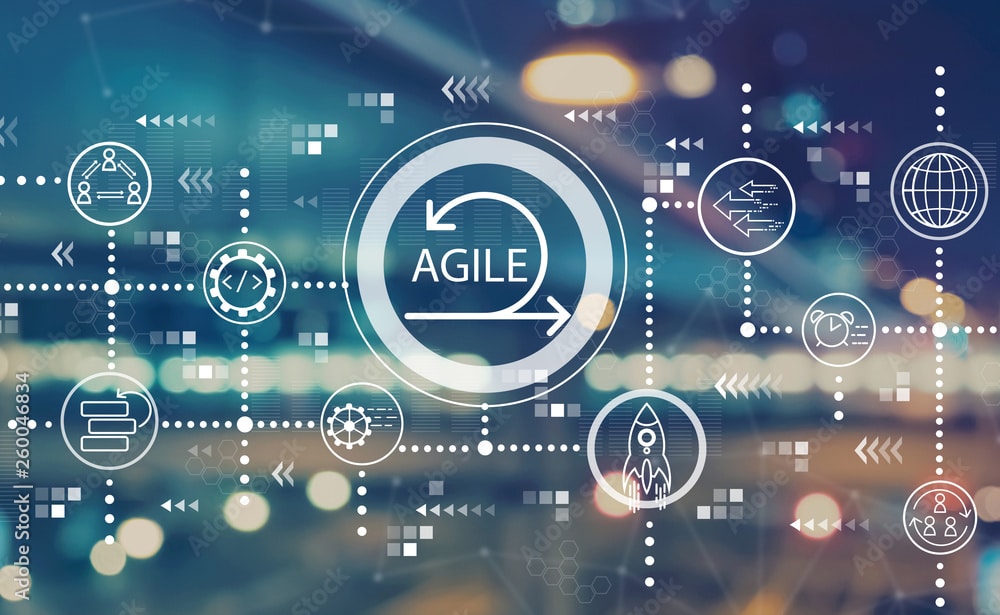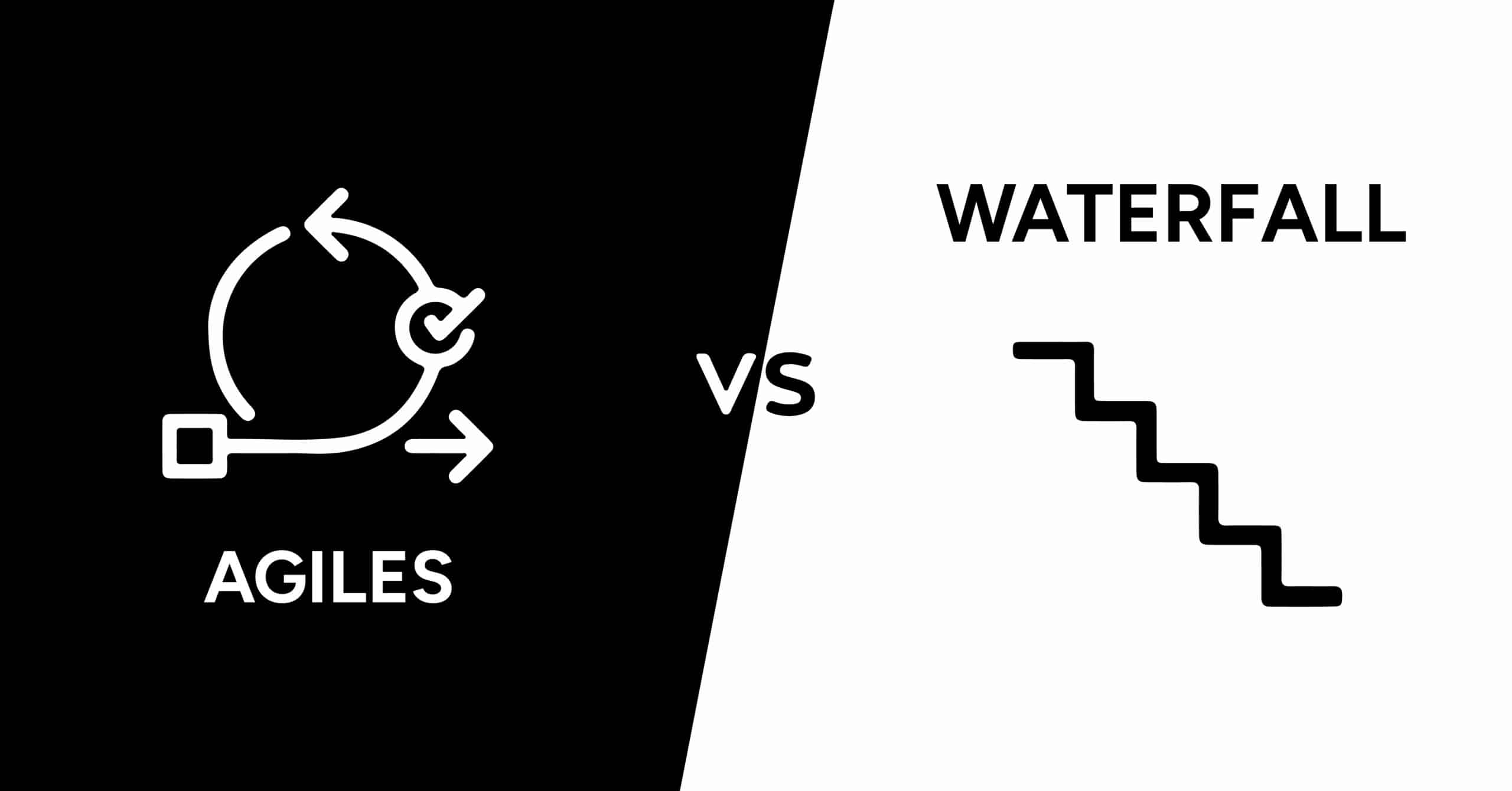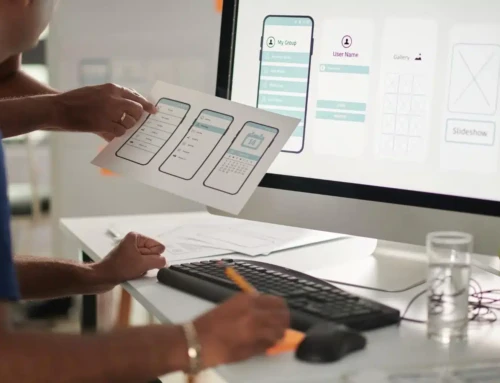Imagine you are asked to choose one between agile and waterfall, how would you do it? It would be daunting without knowing the difference between the two. For anyone asking why? It is because choosing either agile or waterfall is ultimately a personal preference. You have other choices as well, such as Lean Six Sigma, Critical Path, and Scrum. But Agile and Waterfall stand above the rest.
You are at the right place, if you want to learn more about agile and waterfall methodologies. This post will explain what Agile and Waterfall are and not only that. You’ll also be able to differentiate between the two. And by the end you can easily decide between the two. You can even choose a combination of both.
What is Waterfall Methodology?
Waterfall software development methodology is just like a waterfall. It follows a sequential software development process. And the process flows downwards steadily. It is mostly used for projects with predictable timelines. In this methodology, a project is divided into multiple phases. Then, the team works on these phases individually, and objectives are achieved only-by-one. Usually there are 5 phases in Waterfall. However, the phases may be increased depending on the project requirement.
The Waterfall Life Cycle
As mentioned before, the process flows steadily downwards in the waterfall. This means it follows a linear and sequential pattern without overlapping with other phases. Once a project starts in the waterfall, There is minimal scope for alteration. The waterfall model flows like this:
- The first step is requirement analysis (initiation phase). During this, the team and the stakeholders must define the requirements clearly and in detail. You have to gather all the information necessary to guide the project all the way to completion.
- The next step is to create a system design and architecture following the requirements gathered in the first phase (planning). This phase’s primary purpose is to clearly outline the system components’ overall structure.
- The third step or phase is the implementation phase (execution). Once the system design and architecture are in place, the coding and programming of the software begins. The developers must follow the pre-defined specifications closely and accurately translate the design into code.
- The fourth step or phase is monitoring. After the developers are done with the coding process, the software components are then integrated into a complete system. The next step in this phase is testing. Defects are detected and corrected through extensive testing. This ensures that all the requirements are being met and that the software/product is bug-free.
- After the software has been tested, it is moved to the deployment stage. Once deployed into the production environment, the software becomes accessible to the users. The initial deployment is sometimes limited to a specific user group before a full rollout.
- Maintenance is the last phase in this cycle. The software/product is updated, repaired, and enhanced based on user feedback and continuously evolving requirements.
Note: Points 5 and 6 both fall under the final phase of the Waterfall methodology, which is “closing.”
Pros of the Waterfall Model
The waterfall methodology offers many pros like;
- It is easy to understand and straightforward to use. Thanks to its linear approach, even new team members can grasp the process seamlessly. Each phase has its deliverables, making it easier to manage.
- The development process is divided into clear phases for better project organization and management. This separation also facilitates thorough documentation.
- Each phase acts as a checkpoint, making the project easier to manage.
- Facilitates solid documentation, which helps transfer knowledge between teams.
- Highly effective for small projects or projects with clear objectives from start to finish.
Cons of the Waterfall Model
It also has its fair share of cons;
- This project management methodology is highly rigid and offers little flexibility. This is the biggest drawback of the waterfall method, as it does not allow for any change once the project begins.
- Another con with this method is the late testing phase, which begins after the build phase.
- It is not suitable for complex projects with unclear or undefined scope.
- This model assumes that all the project requirements can be gathered upfront, which is often not the case in real life. This leads to a mismatch between client expectations and the finished product.
- High risk and uncertainty are other cons of this model. This is because it does not allow feedback from the stakeholders or the users. Not until the project is near completion.
What is Agile Methodology?
Some people and industry experts say that the agile methodology is the exact opposite of waterfall. As it was formed to counter the strict and rigid approach of the waterfall method. Agile offers high flexibility and an interactive approach to software development. The Agile model approaches development in sprints or iterations, which are small, manageable increments, unlike the phases in the waterfall model. This model promotes continuous interaction between the stakeholders and the teams, allowing for change whenever needed.
The Agile Life Cycle
The agile life cycle can be viewed as a continuous loop that focuses on adaptation and constant improvement. The cycle typically includes the following;
- Project Planning: What is the very first thing you do? When planning for a project. Conceptualize, right? It is also the very first step in the agile life cycle. During the planning, stakeholders and the team members discuss the vision of the project. This helps them to set initial expectations for it.
- Inception: Once you have set the expectations, it gives you a better understanding of how to approach the project and form a team. In agile, this team usually consists of developers, designers, and testers. They are expected to collaborate closely throughout the project.
- Development Sprints: It is the core phase of the agile life cycle. The software/project is designed, developed, and tested in sprints in this phase. Each iteration or sprint lasts for two to four weeks. At the end of each sprint or iteration, feedback is gathered to guide future development.
- Product Release: Once the product/software reaches the necessary criteria, the next step is to release it to the market. Final testing, user training, and deployment activities are all a part of this stage.
- Continuous Support: This step is necessary to resolve any issues that may arise once the software/product is in use. Improvements and updates are also made in this phase to cater to user needs and industry demands.
- Retirement: This is the final point in the life cycle of the software/product. It can be due to technological advancement in the industry, or a newer system has replaced it. It is at this point that support ceases, and the software/product is retired.

Agile offers flexibility while Waterfall ensures structure – find out which is better
Pros Of the Agile Model
- You already know what the most significant advantage of the agile model is. You’re right if your answer is “it’s flexibility,” if that was not your answer, then you might need to read more carefully.
The agile model allows for changes according to the client’s requirements and the continuously evolving industry trends. This ensures customer satisfaction even when their needs or preferences evolve.
- Customer satisfaction is another massive advantage of Agile. This is possible because the customers are involved throughout the development process, and their needs are continuously met through last-minute adaptations.
- The agile method encourages regular testing, meaning errors can be spotted and resolved early in development. This improves the product’s quality and reduces the overall cost and time required for the project.
- This project management methodology promotes collaboration between teams and encourages accountability.
- Agile can reduce the overall time needed to market the product or software by focusing on delivering small working increments. This means the customers can start generating revenue early in the development process.
Cons of the Agile Model
Similar to the waterfall model, the agile methodology also has some cons.
- Its flexibility is not only its most significant advantage but also a disadvantage. Since requirements can change anytime, the overall process is less predictable.
- The success of this framework heavily relies on customer involvement. If the customer is unavailable, this can cause unnecessary delays and increase the cost and time required.
- The need for close collaboration and communication between multiple teams can lead to confusion, making it difficult to scale in large organizations.
- Due to the iterative nature of the agile method, there is always a chance of scope creep, where features continue to add up without proper review. This can lead to delays and increase in costs.
- No matter how lucrative the advantages it offers, the agile method may not be the best fit for all projects. Projects with a clear scope and fixed requirements are better suited for the waterfall method.
Final Verdict
The waterfall method is better suited for projects with fixed requirements, while the agile methodology is ideal for projects that need continuous collaboration between teams and stakeholders. The answer to the age-old Agile vs Waterfall question ultimately lies in your hands. We have provided you with all the tools you need to decide between the two. You can review how both these frameworks work and their pros and cons, respectively, in the sections discussed above.





